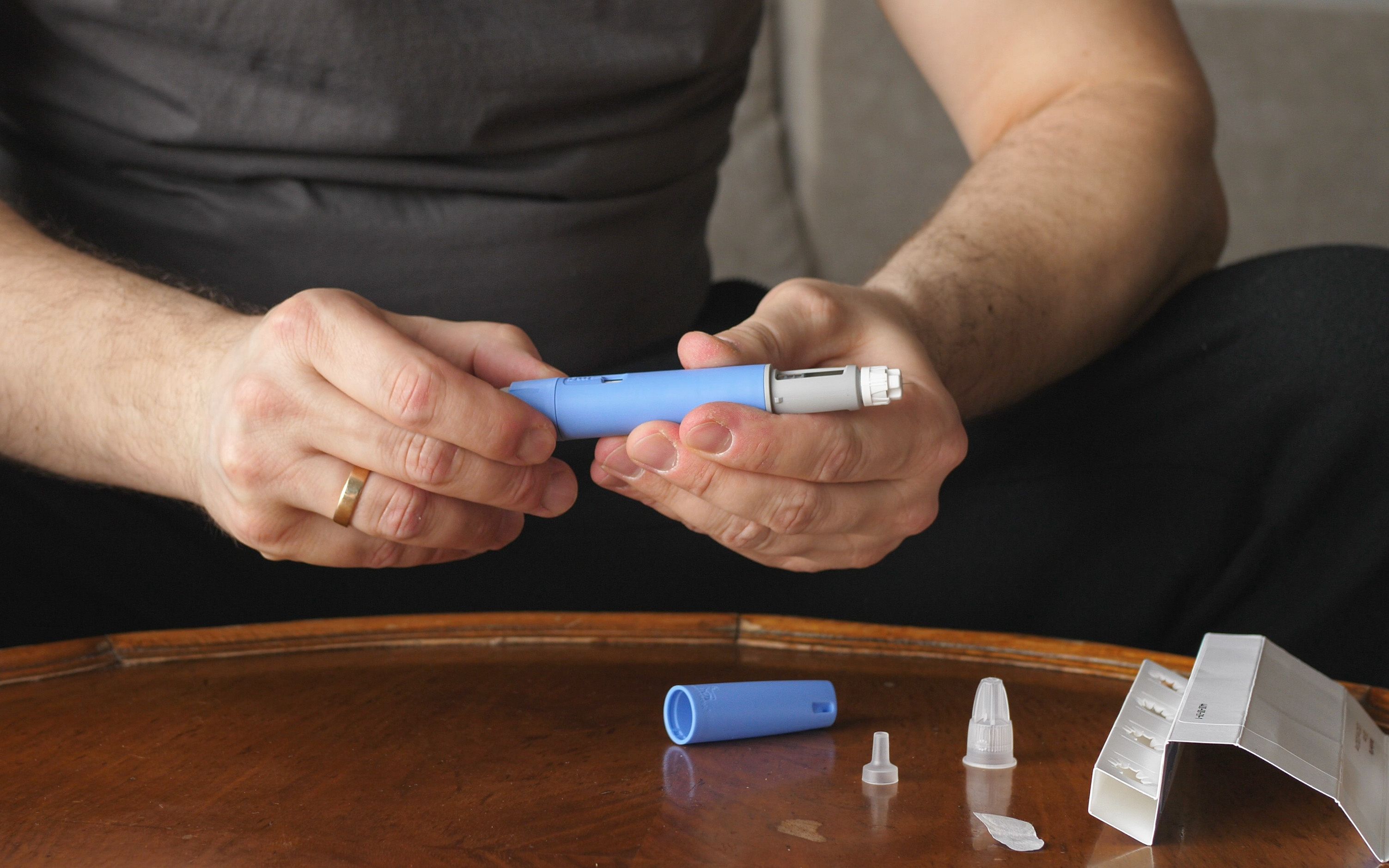- Case-Based Roundtable
- General Dermatology
- Eczema
- Chronic Hand Eczema
- Alopecia
- Aesthetics
- Vitiligo
- COVID-19
- Actinic Keratosis
- Precision Medicine and Biologics
- Rare Disease
- Wound Care
- Rosacea
- Psoriasis
- Psoriatic Arthritis
- Atopic Dermatitis
- Melasma
- NP and PA
- Skin Cancer
- Hidradenitis Suppurativa
- Drug Watch
- Pigmentary Disorders
- Acne
- Pediatric Dermatology
- Practice Management
- Prurigo Nodularis
- Buy-and-Bill
Article
How does sebum interact with airborne pollution?
One of the current appearance issues receiving attention in the popular press is the effect of air pollution on the skin.

Dr. DraelosOne of the current appearance issues receiving attention in the popular press is the effect of air pollution on the skin. Air pollution-containing nanoparticles from internal combustion engines and industrial combustion processes can damage the skin by producing oxygen radicals.
If these nanoparticles can be prevented from touching the skin, oxidative damage can be minimized. Thus, the presence of sebum on the skin surface might be protective. However, the same protection could be achieved through other synthetic films, such as facial foundation, moisturizers, or sunscreen.
Another perspective is that the pollutants could induce lipid oxidation creating radicals that could damage the skin.





